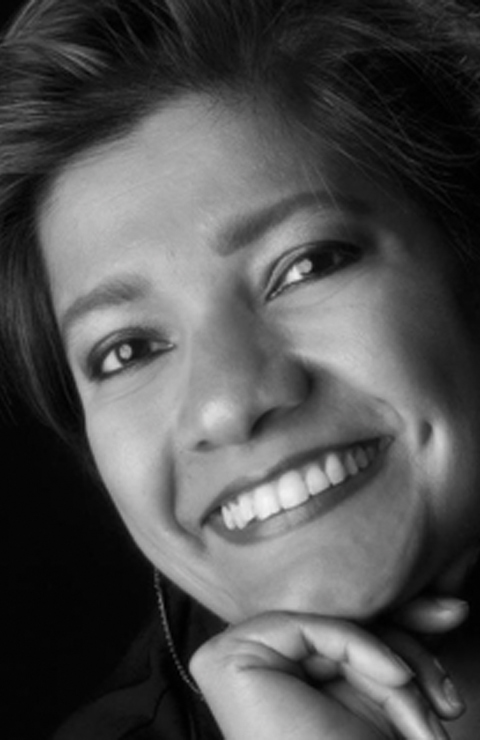What to Try Before Choosing Surgery
Aging doesn’t have to be painful, especially when there are non-surgical options to explore.
 Pain doesn’t have to be a normal part of aging. Yet many seniors find themselves in pain and immediately consider surgery as the best approach. For those with chronic aches, joint pain, arthritis, fibromyalgia, migraines or other sources of pain, today there’s a wide range of options to try before resorting to surgery.
Pain doesn’t have to be a normal part of aging. Yet many seniors find themselves in pain and immediately consider surgery as the best approach. For those with chronic aches, joint pain, arthritis, fibromyalgia, migraines or other sources of pain, today there’s a wide range of options to try before resorting to surgery.
Traditionally, surgery and pain medications—both prescription and over-the-counter—have been the first choices for treating pain—at any age. However, with the globalization of medicine, many people now choose integrative medical options before they agree to undergo surgery.
In the integrative medical field, acupuncture, massage, physical therapy, talking therapy, nutrition and exercise are the leading methods to reduce or stop a variety of common pain conditions. These alternative methods are non-surgical options to help delay or even avoid surgery.
Here are just a few noninvasive integrative therapies that blend well with Western medicine.
Physical Methods
Acupuncture therapy helps manage pain by working at the root cause of your condition. It works by promoting oxygenated blood to heal the injured area and to actively trigger muscles, as well as stimulate nerves to function properly. In traditional Chinese medicine, acupuncture opens up blocked channels and circulates energy, or qi, throughout the body to promote the natural healing process.
In seniors, acupuncture may be a safe and effective treatment for osteo-arthritis, sciatica, herniated disks, TMJ, fibromyalgia, back pain and more. A licensed acupuncturist will use single-use, hair-thin needles to puncture superficial parts of the skin at strategic points to rebalance energy flow and boost your body’s natural painkillers.
Massage therapy is another way to help your body heal by physically manipulating particular parts of the anatomy. There are a variety of massage techniques—Swedish, deep tissue, shiatsu, Thai, reflexology and many more—that massage therapists use during manual manipulation to cause a change in the body structure. This type of therapy uses techniques such as traction to increase space within various body parts or repetitive deep tissue strokes to release motor points, where the nerve enters the muscle, to relieve pain.
This therapeutic approach may greatly alleviate many types of pain. Whether you need help with stress reduction, tight muscles or a medical condition such as sciatica, massage therapy offers promising benefits. Similar to massage, chiropractic care is another type of physical medicine using manual manipulation to produce a positive physical change in the body.
Physical therapy, as the name implies, is instruction in specific exercises to improve a range of motion and physical function by using mechanical force and movement—specialized equipment and special exercises. Therapists (called PTs) treat a wide range of conditions to improve movement in the injured area and help increase muscle stability.
Among seniors, muscle atrophy—from injury, lack of exercise or disuse—may be reversed by working to tone and strengthen muscles through physical therapy sessions over time. Physical therapy is also a key component of traditional post-surgical care and recovery.
Other Methods
Pain may be related to emotional causes as much as physical ones. In some cases, cognitive behavioral therapy (CBT), a form of talk therapy, helps some cope and understand their pain by helping them become aware of inaccurate or negative thinking and come to respond in a more effective way. This approach can help seniors alter their behavior, better understand the causes of their pain, and encourage them to focus on things other than their pain.
Similarly, nutrition may affect your physical and mental state and have an impact on the pain you experience. If pain is primarily bio-chemically based, nutritionists may help you achieve a healthier body and reduce some causes of pain. For example, low-grade, chronic joint inflammation—such as forms that cause arthritis—can cause pain that nutritionist-recommended diet and supplements can relieve by eliminating inflammatory foods and replacing them with foods rich in Omega 3 fatty acids and spices like ginger.
Other non-invasive techniques and exercise therapies—such as yoga, meditation, tai-chi, qi-gong—may be incorporated in your lifestyle to help with pain management.
Mindful meditation can teach pain sufferers to react differently to pain and can be especially helpful with trigger-based pain (e.g., pain after climbing stairs). During meditation, you may feel more relaxed, a sense of lightness, and most importantly, less pain. These positive feelings can help you “get through the pain” and continue even after meditation. Meditation is a safe practice that takes patience and should be practiced with basic guidance.
Similarly, exercise therapies such as yoga, tai-chi and qi-gong have lasting benefits because they help build strength and improve balance and range of motion. Staying active—without pain—is important for long-range healthy and pain-free living.
Lighter Options
Integrative medicine has come a long way in mainstream medicine, and will continue to help our aging community deal with pain management. Surgery on its own is a well-respected progressive option yielding tremendous results for many ailments. For some, surgery is the first choice of treatment before considering integrative options.
But there are some for whom surgery is not a viable option (because of factors like age, other complicating medical conditions). And others may first choose a lighter selection on the menu, such as some of the options here.
Antara Dutta, who’s spent 20 years innovating, building and delivering products and services in various industries, in 2011 founded an Integrative Wellness company, Ayuvia, located at Crozer Keystone Brinton Lake Medical Plaza. Ayuvia provides holistic health solutions in conjunction with conventional medicine to help manage symptoms and pain associated with chronic illness. Learn more at Ayuvia.com/about-us.
